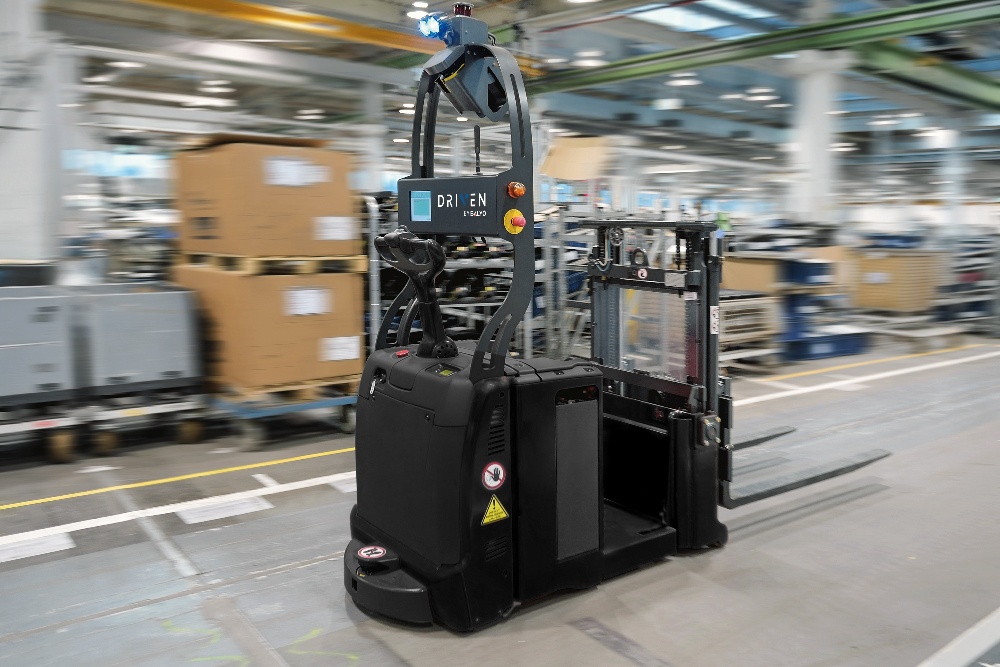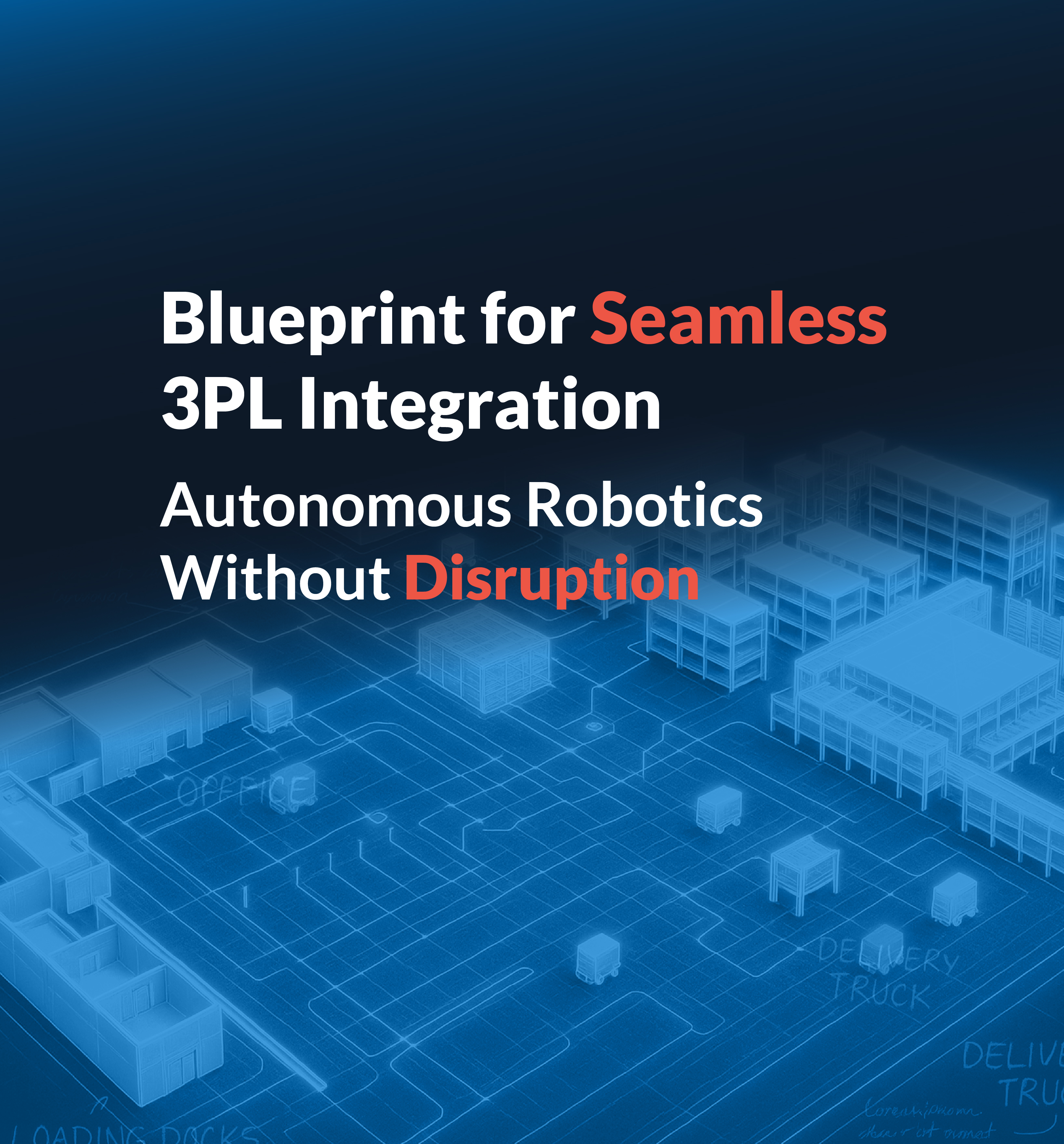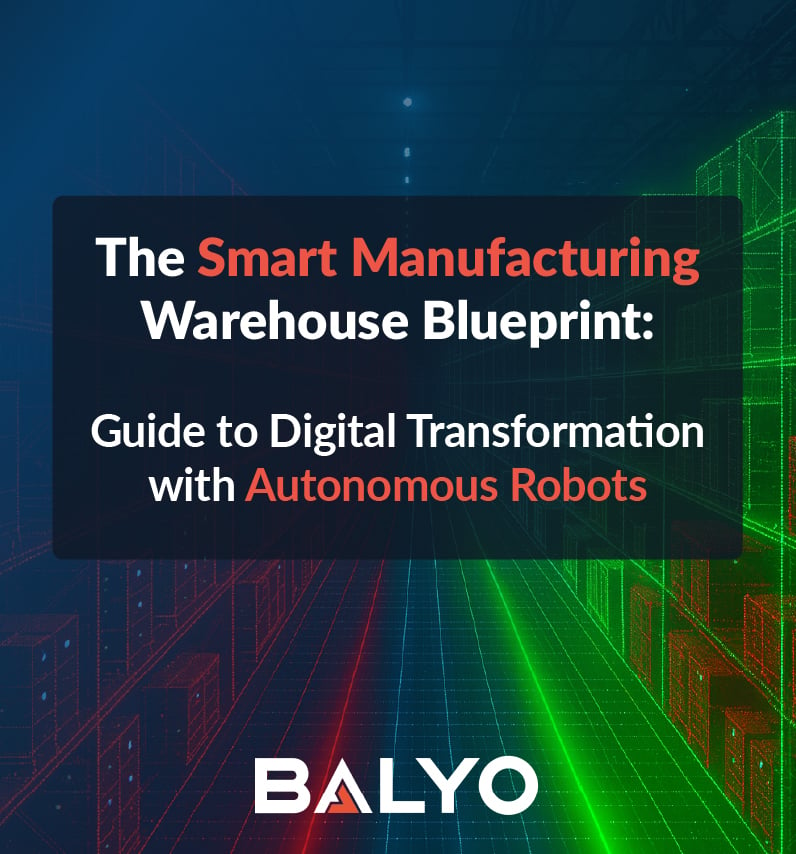
The logistics and transportation industry has been the backbone of supply chains worldwide. Forklift drivers play a crucial role in warehouses, air transportation hubs, and trucking operations. But how much does this workforce earn across different states and industries? And more importantly, is the traditional workforce model the most cost-effective choice in a rapidly evolving automation landscape?
Salary Differences by State and Industry
The salary of a forklift driver varies significantly depending on the state and industry they work in. For instance, forklift drivers in the Air Transportation industry earn some of the highest wages, particularly in states like Tennessee ($63,770) and Colorado ($63,100). In comparison, those in Wisconsin and New York earn around $52,940 and $53,920 respectively, reflecting a considerable gap between the top and bottom states.
Forklift drivers working in the Truck Transportation industry generally earn less, with an average salary of around $40,000 - $50,000 annually. However, there are notable exceptions like Washington ($56,300) and Maine ($53,980) where earnings are significantly higher than the national average. On the lower end of the spectrum, states like Mississippi ($37,730) and Delaware ($40,170) fall behind.
When it comes to Water Transportation, the discrepancy becomes even starker. Hawaii leads the pack with a whopping $90,180 average annual salary, while Florida lags behind with just $47,590.
Why Are These Differences So Stark?
The wide salary range can be attributed to various factors, including:
- Cost of Living: States with higher living costs, like California and New York, tend to offer higher wages to attract and retain workers.
- Industry Demand: Specialized industries such as Air Transportation and Water Transportation generally pay more due to the skill requirements and often hazardous working conditions.
- Union Presence: States with strong unions often provide better wages and benefits, particularly in industries like Freight Transportation Arrangement and Warehousing.
- Regulatory Differences: Labor laws and safety regulations also contribute to pay disparities across states.
Comparing Forklift Driver Wages to Automation Costs
Despite some states offering higher wages, the majority of forklift drivers are earning around $40,000 - $50,000 annually. Factor in additional costs like training, insurance, benefits, and potential overtime, and these numbers can quickly escalate.
On the other hand, Automated (or Autonomous) Guided Vehicles (AGVs) offer a streamlined, cost-effective alternative to manual labor. While the initial investment can be substantial, there is a rapid ROI (often less than 2 years). Here’s why:
- Reduced Labor Costs: Once deployed, AGVs eliminate the need for paying hourly wages, benefits, and other labor-related expenses. This becomes especially appealing in states where wages are high, like Hawaii, Colorado, and Tennessee.
- Increased Productivity: Unlike human operators, AGVs can operate around the clock without breaks, boosting throughput and efficiency.
- Improved Safety: By automating repetitive tasks, companies can reduce workplace accidents, thereby lowering insurance premiums and potential legal costs.
- Scalability: AGVs can be integrated into existing warehouse management systems and expanded as needed, providing flexibility that traditional labor cannot match.
The Case for AGVs
The disparity in wages across states and industries highlights a growing need for cost-effective solutions. For companies operating in states with higher salaries or industries that demand specialized skills, the transition to AGVs is a logical choice. Not only do AGVs eliminate labor-related expenses, but they also provide consistency, safety, and scalability.
While forklift drivers remain a valuable asset for non-repeatble applications or where environmental conditions in the warehouse or manufacturing facility are not robot ready, the financial benefits of transitioning to AGVs are becoming increasingly evident. As the technology continues to improve, the cost-benefit analysis will only tilt further in favor of automation.
U.S. Bureau of Labor Statistics. 2023. Occupational Employment and Wage Statistics. U.S. Department of Labor. https://www.bls.gov/oes/current/oes_research_estimates.htm


